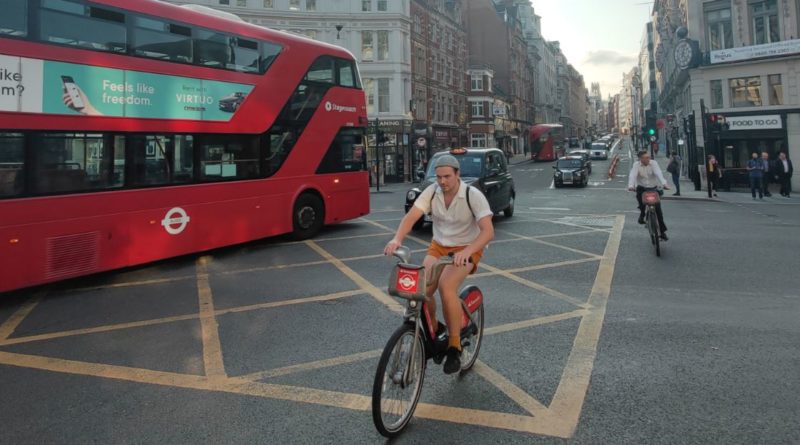Active travel in England: How much should we be spending?
March of 2023 saw UK government announce, “a devastating £200m cut to the active travel budget in England.” As Sustrans reported, “This sets us on the completely wrong path for society, the economy and the environment. And it sees the government backtrack on its previous pledges for active travel investment.”
At the time other media outlets reported the budget cut as £380 million.
One thing is certain; the announcement represented a new low for UK micromobility and active travel campaigners, one which, deeply ironically, was announced on the same day – Thursday March 9th – as the “European Commission Executive-Vice President Frans Timmermans, announced the EU institutions will complete an ambitious cycling plan this year, including commitments to increase funding for infrastructure and industrial growth.” This followed the European Parliaments February call on the Commission and Member States to take actions to double cycling in the EU.
 6 months on from the government’s decision, we hear from Stephen Frost, Principal Research Fellow at IPPR who, in this guest feature. explores, “How much should we be spending on active travel in England?”
6 months on from the government’s decision, we hear from Stephen Frost, Principal Research Fellow at IPPR who, in this guest feature. explores, “How much should we be spending on active travel in England?”
In 2020 the UK government published ‘Gear Change’ and set out its vision for England becoming a great walking and cycling nation by 2030. This travel revolution would lead to cycling and walking becoming the natural first choice for many journeys, with half of all journeys in towns and cities being cycled or walked.
3 years later, are we on track? In short, no. In a recent report the National Audit Office found that the UK is likely to miss most of its interim targets for 2025. A range of factors lay behind this, and establishing Active Travel England was a positive move to raise standards and build capacity to deliver higher quality infrastructure schemes, but a key issue remains the level of investment.
So, how much should we be spending on active travel in England?
The simple answer is of course a lot more, sustained over a long time period and in every part of the country. But what would a figure that could credibly make walking, wheeling and cycling an option for many more people look like?
The government have said that around £3bn will have been spent on active travel in England by the end of 2025, with additional benefits for active travel being achieved through other funding programmes (eg levelling up funds). Being generous, this would put investment in England at over £10 per head per year over 5 years. However, cuts to dedicated active travel funding leave only £100m in the pot until the next election and, by this measure, put per head investment in our walking and cycling network at under £1.
To bring a little context to those figures – in 2021/22 the total expenditure on transport was £36.9bn, with bulk of that being spent on rail (£21.9bn, 59%) followed by local (£4.9bn, 13%) and national roads (£4.3bn, 12%). The spend per head on rail was around £388 and for national roads it was £68. These figures make clear that Gear Change’s ambition to see cycling and walking ‘moved to the very heart of considerations of transport policy and planning’ has not translated into any significant shift in spending priorities.
Where do we need to be? Chris Boardman, the National Active Travel Commissioner, has said that to equitably grow cycling in rural and urban areas by 2030 we need to invest up to £18bn, or we could achieve existing active travel targets more efficiently by targeting urban areas with £9bn of investment. The analysis behind those figures is not in the public domain but if we take them at face value and spread them over the next 5 years then that’s a figure somewhere between £1.8bn-£3.6bn a year, or around £30-£65 per head per year. That’s in the region of 8-16% of the £’s per head spent on rail in a year, or between 42%-84% of the spend on national roads.
At £10 per head, spending in England currently lags well behind Scotland and Wales (c.£50 and c.£22 per head). It is also behind the scale of investment being made in Ireland (c.£31 per head).
So, if the current or next UK government, takes Active Travel England’s advice seriously and is committed to making walking, wheeling and cycling the natural first choice for more people, then it will need to lead a rapid change in spending priorities. A truly transformative plan would take investment in excess of £60 per head per year over the term of the next government. If the government wants to match the scale of investment being made by others and have a hope of meeting existing targets then we’ll need to see over £30 per head committed to active travel.
What’s it to be?



